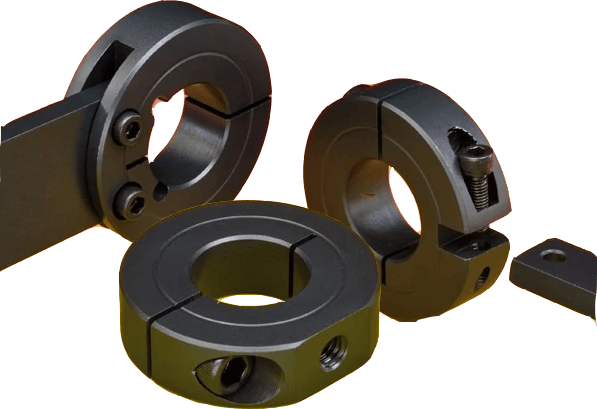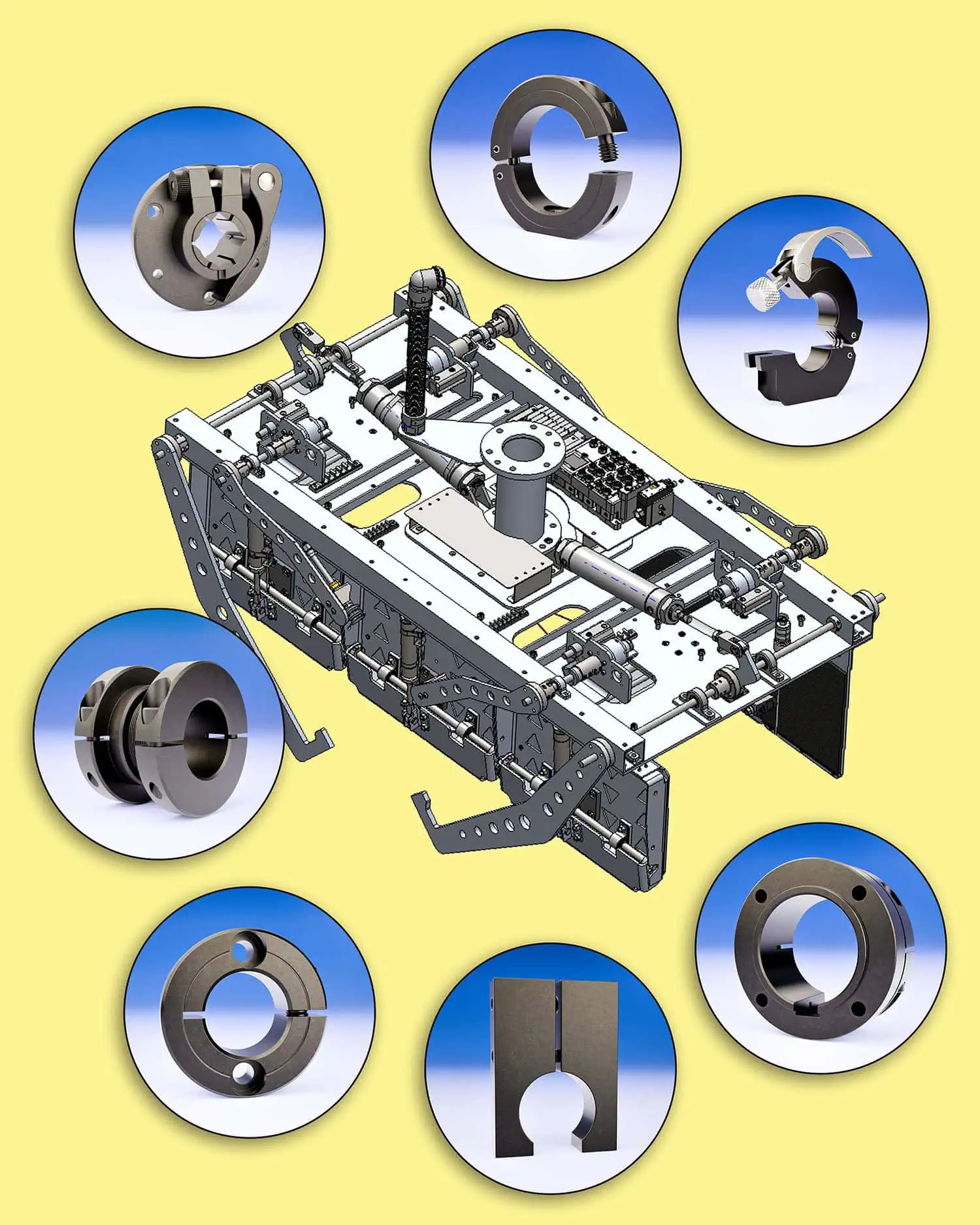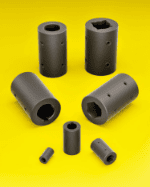Material Spotlight: 316 Stainless Steel for Wastewater Treatment Applications
Leave a CommentWastewater treatment is essential for a healthy environment. Wastewater is used water from homes, businesses, and industries and can come from appliances and fixtures such as bathtubs, sinks, toilets, and washing machines. It also includes storm run-off from parking lots, roads, and roofs. Wastewater treatment reduces pollutants to a level that does not overwhelm nature when it is released back into the environment.
There are two main stages of wastewater treatment: primary and secondary. The primary wastewater treatment removes any solids that float or settle to the bottom while the secondary further cleans the wastewater using biological processes. In potable water treatment plants, the materials used for the aeration pipes, valves, tanks, and transfer pipes can affect the quality of the purification process. The most common option for wastewater applications is stainless steel.
Why Stainless Steel Is Used in Wastewater Treatment Plants
Stainless steel is corrosive-resistant and adds no toxic chemicals to the water. Corrosion usually occurs in pipe crevices when there is a bend or join in panels. With stainless steel, crevice corrosion is rare. 316 Stainless steel contains 2% molybdenum, which helps resist corrosion from chlorides, making it popular for potable water treatment plants where certain chemical content could increase corrosion. Carbon steel has a much lower resistance to corrosion and is therefore not the best choice for wastewater treatment. Though stainless steel is more expensive than steel, it results in far lower maintenance and replacement costs.
Advantages of Stainless Steel
Stainless steel is available in many grades, which depends upon varying levels of carbon in the steel. The two most common types used in wastewater treatment processes are duplex grade and austenitic grade. These have the highest corrosion resistance compared to the other types. Besides stainless steel’s low corrosive properties, there are many other advantages, including:
- Minimal loss of metal degradation
- High strength
- Ductility
- No UV light degradation
Limitations of Stainless Steel
While choosing the right grade of stainless steel is important, there may be some limitations. In environments where there are changing pressures, stainless steel can risk fatigue over time. Several grades of stainless steel (such as 303 and 304) are susceptible to certain types of corrosion, including crevice corrosion, chloride pitting, pinhole leaks, and external corrosion. Some ways to ensure the longest life of stainless steel used for wastewater applications include:
- Drain pipelines during periods of non-use to prevent stagnant water, which encourages microbial activity that causes corrosion to occur.
- Mill pickling stainless steel pipes to help control surface corrosion. Heat tints near welded areas can make them susceptible to biocorrosion and the pickling process helps provide a corrosion-resistant surface.
- Follow proper operation guidelines to prevent the beginning of corrosion caused by scaling, over chlorination, poor fabrication, or MIC.
Stainless Steel Products Suited for Harsh Environments From Stafford Manufacturing
Stainless steel can be an effective material for use in harsh environments, such as wastewater treatment facilities. Stafford Manufacturing offers both standard and custom machined parts made from corrosion-resistant stainless steel in a variety of grades to best suit your application. Contact our team to learn more about our product selection for your water treatment needs.




